How to Avoid Ticks – and Treat Bites

Tick-tock. With the warmer months come the crawling critters who might bite, sting, or even stay a while.
Like many parasites, ticks latch onto the skin to feed on blood. While all parasitic insects carry and spread diseases, even the very thought of ticks can cause distress due to their more visible size and tendency to linger. Learn how to spot, avoid, and remove these pesky parasites – and what to do if you or a loved one (including the family pet) gets bit.
In This Blog
Common Michigan Ticks and Diseases They Spread
Tick bites themselves aren't usually cause for concern. It’s the microbes in their saliva that travel into the bloodstream and carry illnesses such as Lyme disease and Rocky Mountain spotted fever.
While hard ticks will attach and feed for several hours or even days, soft ticks often feed for less than one hour, transmitting diseases more quickly. Of the 800 species of ticks, only a small fraction is known to transmit diseases to humans. Michigan’s five most common ticks include:
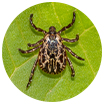

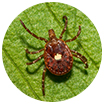
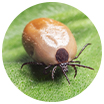
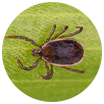
Lyme Disease: Should You Be Concerned?
Lyme disease is a tick-borne bacterial infection. While it cannot be passed from person to person, it does lead to serious health problems such as joint pain and flu-like symptoms if it goes untreated (typically with antibiotics).
Lyme disease is a year-round problem in many parts of the U.S., including certain areas in Northern Michigan. April through October is generally the most active tick season. Factors that can increase your risk for getting Lyme disease include:
- Working or spending time outdoors in grassy areas where the blacklegged deer tick or Western blacklegged deer tick is found
- Having pets that can bring the ticks into your home
Avoiding Ticks 101
The warmer months when we typically spend more time outdoors are when ticks are most active in our region. The good news is that ticks are largely avoidable with the right precautions.







If You Find a Tick
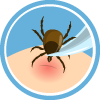
- Try to carefully remove the tick with tweezers
- Grasp the tick near its head as close to the skin’s surface as possible
- Pull without twisting and don't crush the body
- After removing the tick, thoroughly clean the bite area and your hands with rubbing alcohol or soap and water
- Put a live tick in alcohol, a sealed bag or container, or down the toilet.
Tick Bites: Common Symptoms

- Fever
- Chills
- Aches and pains such as headache, extreme tiredness (fatigue), and muscle aches
- Joint pain (with Lyme disease)
- Rash
When to Seek Medical Care

- Rash (This may spread outward in a ring from a hard, white lump. Or it may move up your arms and legs to your chest)
- Fever
- Chills
- Body aches, joint swelling, and pain
- Severe headache
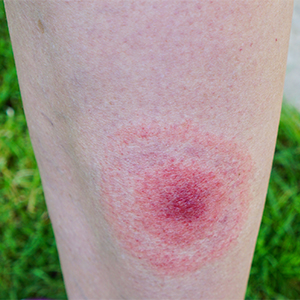
Be sure to tell your provider about your recent tick bite, when the bite occurred, and where you most likely acquired the tick.
- You may be asked to see your healthcare provider for a blood test to check for Lyme or another tick-related disease. Your physician won’t typically order this test right away, since Lyme disease can take weeks to develop.
- To prevent disease, you may be prescribed antibiotics, depending on the type of bite and the length of time the tick attached itself.